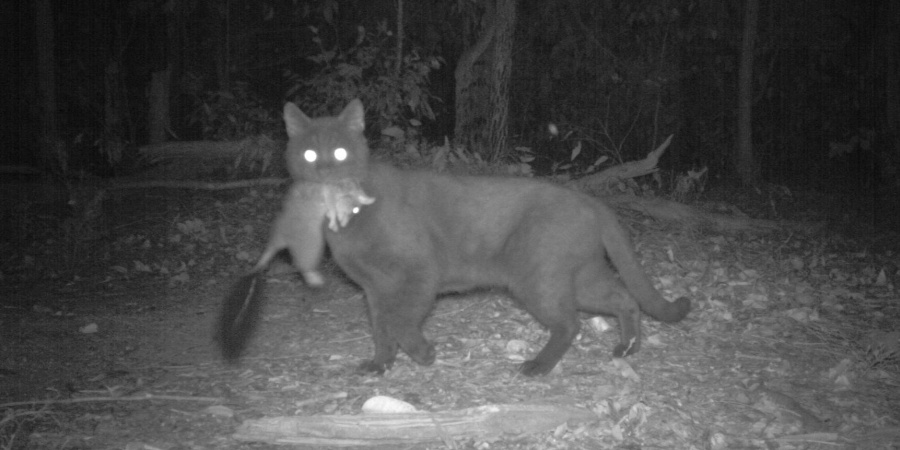
- New five-year plan to manage invasive feral cats across Western Australia
- Strategy first of its kind to be implemented by a State Government in the nation
- $7.6 million investment to expand feral cat management in 2023-24 State Budget
- Fight against feral cats ramps up to protect native wildlife and biodiversity
Western Australia is leading the nation by launching a State-wide strategy to crackdown on the devastating impact feral cats are having on our native wildlife.
The Western Australian Feral Cat Strategy 2023-2028 is the first of its kind to be implemented by a State Government in Australia. The new five-year plan is backed by a $7.6 million investment in the 2023-24 State Budget.
The strategy will encourage the use of newly available technology, such as the Felixer, which has now received Commonwealth approval for wide-scale rollout rather than research purposes.
Feral cats are the most destructive single species in Australia costing the economy $300 million per year in damage and population control measures such as baiting and trapping. Every 24 hours, feral cats across the nation kill an estimated 3 million mammals, 1.7 million reptiles, 1 million birds, 2.8 million invertebrates and 337,000 frogs.
In WA, 36 mammal, 11 reptile and 22 bird species are vulnerable to predation by feral cats. It's estimated a feral cat roaming the bush can kill more than 700 small animals every year.
Almost $2.7 million will increase aerial feral cat baiting through the Department of Biodiversity, Conservation and Attractions (DBCA) Western Shield program. There will be a focus on priority conservation reserves such as Fitzgerald River National Park, Cape Le Grand, Stirling Range National Park, Lake Magenta and Dragon Rocks. The number of baits laid will increase by more than 45 per cent under the strategy.
The State Natural Resource Management Grants Program will receive an extra $2 million to help Traditional Owners, community groups and rural property owners expand our fight against feral cats.
The strategy will provide a framework to guide private investment as well as investigate new methods to ensure there is a consistent and coordinated approach over the next five years. It aims to conserve populations of threatened native species through effective, adaptive and humane actions.
The predators are monitored through aerial tracking, GPS collars and cameras. The $7.6 million investment over four years will also fund research programs and conservation projects.
The strategy was developed by DBCA, the Department of Primary Industries and Regional Development and a range of key stakeholders.
To view the strategy, visit https://www.dbca.wa.gov.au/management/threat-management
Comments attributed to Environment Minister Reece Whitby:
"The WA Feral Cat Strategy is the first of its kind in the country. It's much needed with predation by feral cats posing a serious threat to our native species.
"Feral cats wreak a devastating toll on native wildlife in Western Australia. This strategy represents a major effort to control this pest and gives struggling native species a fighting chance of survival.
"Feral cats don't just live in our national parks, they're on our farms and in deserts, wetlands and woodlands. This strategy will ensure a consistent and coordinated approach right across the State.
"Feral cats were declared a pest in WA in 2019.They carry disease and are expert predators hunting our native animals, particularly threatened species, to the brink of extinction.
"We need to work together, use new technology and think outside the box to outsmart these predators and protect what makes our State so unique."